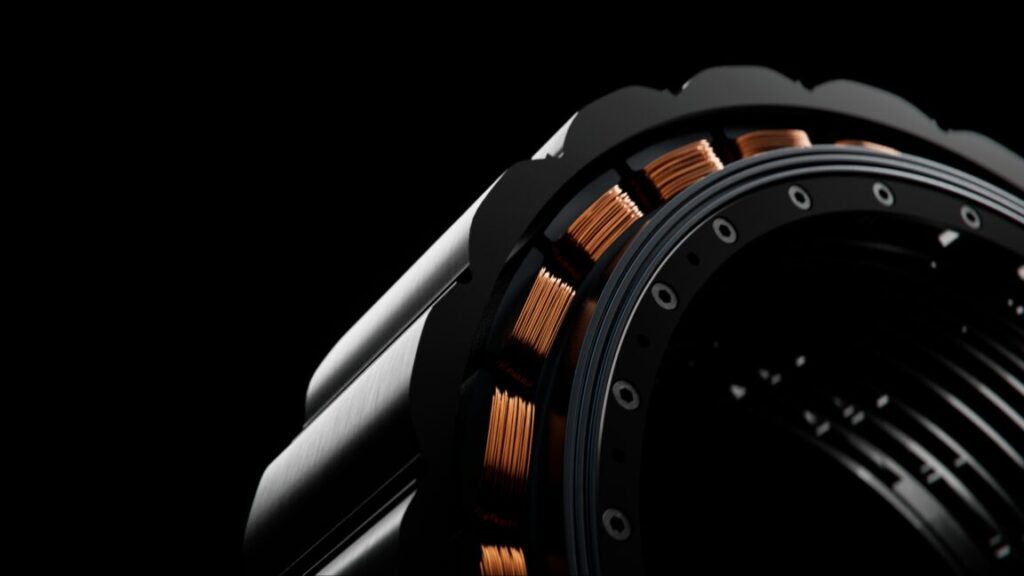“The set of benefits is different to each application or each size,” Piippo said. “In small things, you’re very price conscious, and you need to kind of optimize for the cost. And then the bigger you go, the more performance you can get or the more performance increase compared to the conventional setup you can get.”
“But then there’s also the kind of unlocked new industries where nobody has been that capable making a heavy lift… drone—like lifting shipping containers or something like this—until now. Because we have a very compact shape and very lightweight design, we can do quite a bit of performance in everything that flies because we can play with the cooling in a smart way with this design,” Piippo said.
For a compact EV crossover, Donut Labs thinks its tech could reduce the number of components in a powertrain by three-quarters, saving weight and assembly time—and therefore money. For a semi-truck, the savings could be an order of magnitude higher, according to the company’s case study.
In fact, the first use has been for motorcycles. The Verge TS Pro electric motorcycle we tested last summer was created to show off the motor technology.
The reaction at CES was positive—”we had maybe 10 to 20 times more business than we anticipated, and we were aiming quite high,” Lehtimäki said.
“Major OEMs have understood for decades that in-wheel motors would be the golden solution if they could get the weight down,” he said. “But I feel that there’s been some education going on in the last few years because it felt to us that everybody we spoke to, you just show the graph of torque and power per kilogram, and they’re like, ‘OK, when can we have it?'”
Plenty can happen between an OEM testing parts for proving and a product appearing in the showroom that uses that technology. But if all goes well, we might see vehicles with Donut Labs’ motors in a couple of years. They may show up elsewhere, too. Lehtimäki told me that interest has come in from outside the automotive and mobility sectors, including applications like wind turbines and washing machines.
That last one has some charming history to it—when inventors were tinkering with electric cars in the 1970s, they often turned to washing machines for a source of torquey electric motors.


